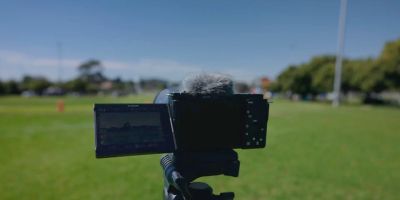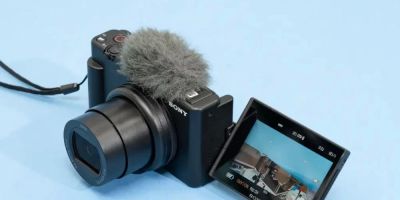How to Develop Film at Home: A Step-by-Step Guide
- 1. Gather Your Supplies for Film Development
- 2. Preparing Your Darkroom or Workspace
- 3. The Film Development Process
- 4. Common Tips for Successful Film Development
- 5. Troubleshooting Common Film Development Issues
- 6. Recommended Products for Developing Film at Home
1. Gather Your Supplies for Film Development
Before you start developing film at home, it’s essential to gather the right supplies. To develop your film, you will need the following materials:
- Film developing tank and reels
- Developing chemicals (developer, stop bath, fixer)
- Measuring cups and a thermometer
- Timer
- Darkroom or a light-tight space
- Film clips and a drying space
These supplies will ensure that you have everything you need to develop your film properly and safely. You can easily find most of these items at your local photo store or online. At Photo Studio, we offer high-quality equipment and chemicals to support your film development needs.
2. Preparing Your Darkroom or Workspace
A darkroom or a light-tight space is crucial for the film development process. If you don’t have access to a traditional darkroom, you can use a small bathroom or a closet. The main goal is to keep light from reaching the exposed film, as this can ruin your images. You’ll need to load your film onto the developing reels in complete darkness, so be sure your space is prepared for this step.
To further prepare, organize your chemicals and make sure they are the correct temperature. Developers generally need to be around 68°F (20°C), so using a thermometer to check the temperature is a must for accurate results.
3. The Film Development Process
Once your workspace is set up, it’s time to begin the actual film development process. Here’s a general step-by-step guide:
Step 1: Load the Film onto the Reel
In complete darkness, carefully remove your film from its canister and load it onto the developing reel. This step can be tricky, but with practice, you’ll get the hang of it.
Step 2: Develop the Film
Once your film is loaded onto the reel, place it into the developing tank. Pour in the developer and start your timer. The film will develop in the developer solution for a set period (usually between 3 and 10 minutes, depending on the type of film and developer).
Step 3: Stop the Development
After the development time is complete, pour in the stop bath to halt the developing process. This will prevent the film from continuing to develop once removed from the developer.
Step 4: Fix the Image
Next, pour in the fixer, which will "set" the image on the film and make it light-resistant. The fixer usually needs to stay in the tank for a few minutes. After this step, your images will be permanent and can be safely exposed to light.
Step 5: Rinse and Dry
After fixing, thoroughly rinse the film to remove any residual chemicals. Once rinsed, hang the film to dry in a dust-free area. Ensure the film is completely dry before handling it further.
4. Common Tips for Successful Film Development
Here are a few tips that can help ensure your film development process is successful:
- Keep your chemicals at the proper temperature.
- Follow the recommended development times for your specific film type.
- Use a timer to keep track of development times.
- Be patient and take your time when loading the film onto the reel to avoid damaging it.
5. Troubleshooting Common Film Development Issues
Even experienced photographers encounter issues during the film development process. Here are some common problems and solutions:
Problem: Overexposed or Underexposed Images
Overexposure or underexposure during shooting can carry over to the development process. Always double-check your camera settings to ensure proper exposure before you start shooting.
Problem: Streaks or Uneven Development
Uneven development can occur if the film is not loaded onto the reel properly or if the chemicals aren’t mixed evenly. Make sure your film is loaded tightly and that you agitate the chemicals regularly during development.
6. Recommended Products for Developing Film at Home
To make your film development experience easier, here are some products we recommend:
- Developing tanks and reels from Photo Studio for smooth loading and processing.
- High-quality film chemicals for consistent results.
- Film drying clips to keep your negatives secure while drying.
- Temperature-controlled water baths to ensure your chemicals stay at the right temperature.
Visit Photo Studio for the best products to enhance your film development process. Our curated selection of tools and chemicals will help you achieve professional results right at home.





